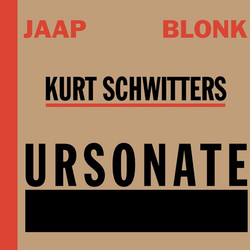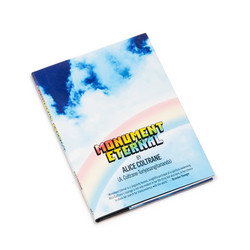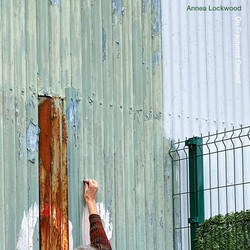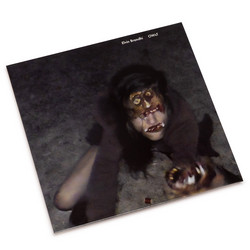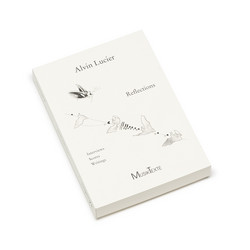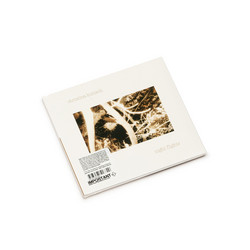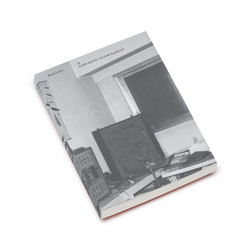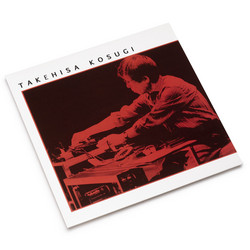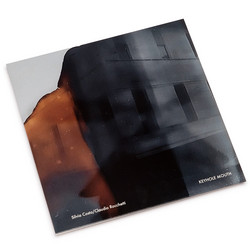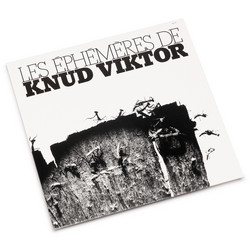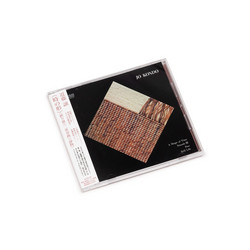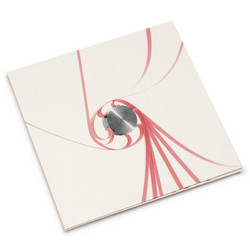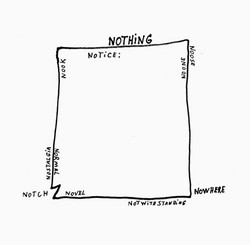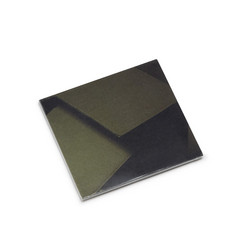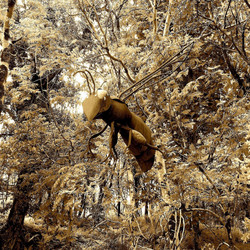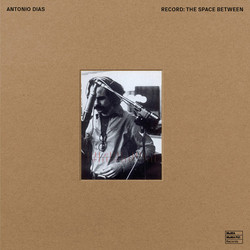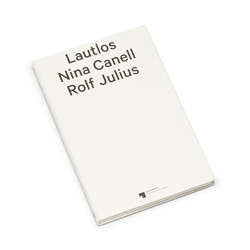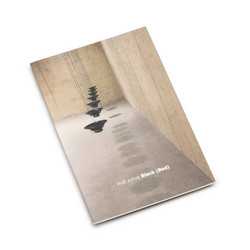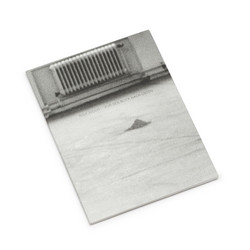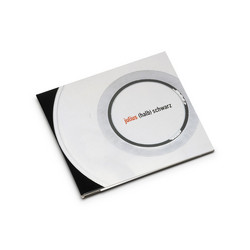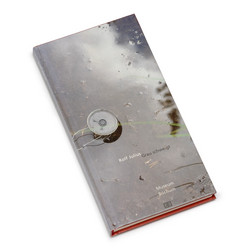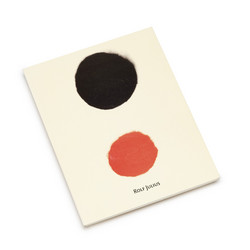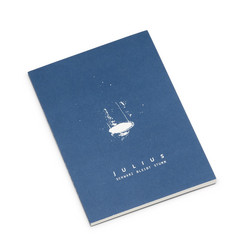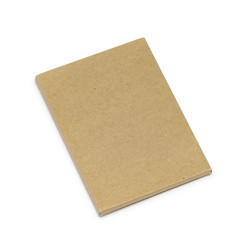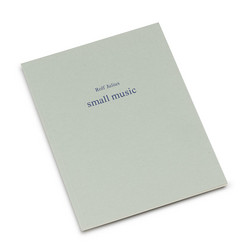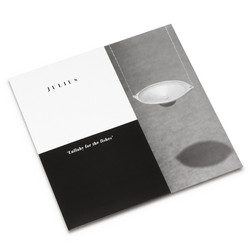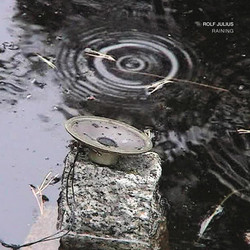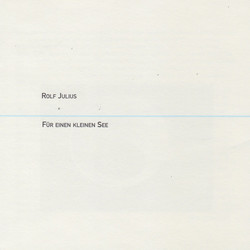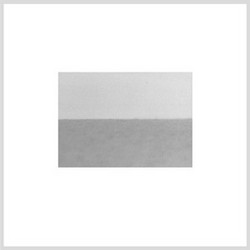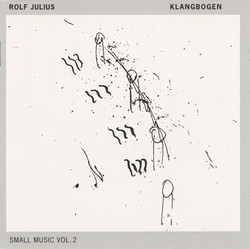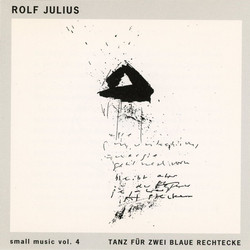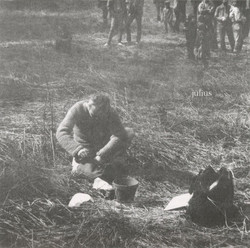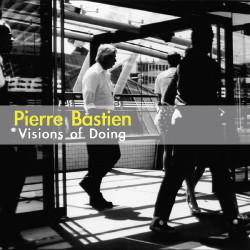Western Vinyl is proud to release “Music for the Ears” the first in a series of Small Music releases by Rolf Julius. With a goal of creating solitary sound environments, the Small Music series will culminate into a boxed edition of seminal works by this master sound artist. “Music for the Ears” is comprised of two long tracks of gently weaving tones exploring the possibilities of spatial experience. The cover image depicts Julius’ sound installation in a bamboo forest in Kyoto, Japan where his music is placed high in the air, by speakers hanging freely from the branches of the trees. As the music suspends itself in the air, the tones sway in the wind floating ever so gently, caressing the ears, the trees, the light, and clouds. Futurism and Dadaism both made use of the synthesis of audio and visual arts to create a singular experience greater than the sum of its parts. This idea was further advanced by the Fluxus and Minimalism movements. Born in 1939 in Wilhelmshaven, Germany, Rolf Julius was profoundly influenced and inspired by these movements while he studied art in Bremen and Berlin. Years later, after immersing himself in musical works by artists like Morton Feldman, John Cage, and La Monte Young, Julius began to shift his focus from visual art to the synthesis of sound and visual art and nature, exploring the relationships between sounds and objects and environments. Julius soon discovered how sounds can influence vision, creating simple tones to be presented in conjunction with his early photographic work.
Such experiments culminated in the creation of his pioneering work “Dike Line” (1979), which combined visual images with texture-inducing tones. This piece was presented at the ground breaking exhibition “F?r Augen Und Ohren” in 1980. Mythical in scope, this was the first major European exhibition attempted to map international research by artists exploring relations between sound and visual art, bringing together work by John Cage, Luigi Russolo, Nam June Paik, Joe Jones, Bill Fontana, Milan Knizak, Harry Bertoia, David Tudor and Rolf Julius. Over the next 30 years Julius went on to create some of the most meaningful and moving works in the grey area between music and art, between sound and silence. Alongside Takehisa Kosugi, Terry Fox, and Akio Suzuki, he has emerged as one of the most important and influential sound artists of our time.


